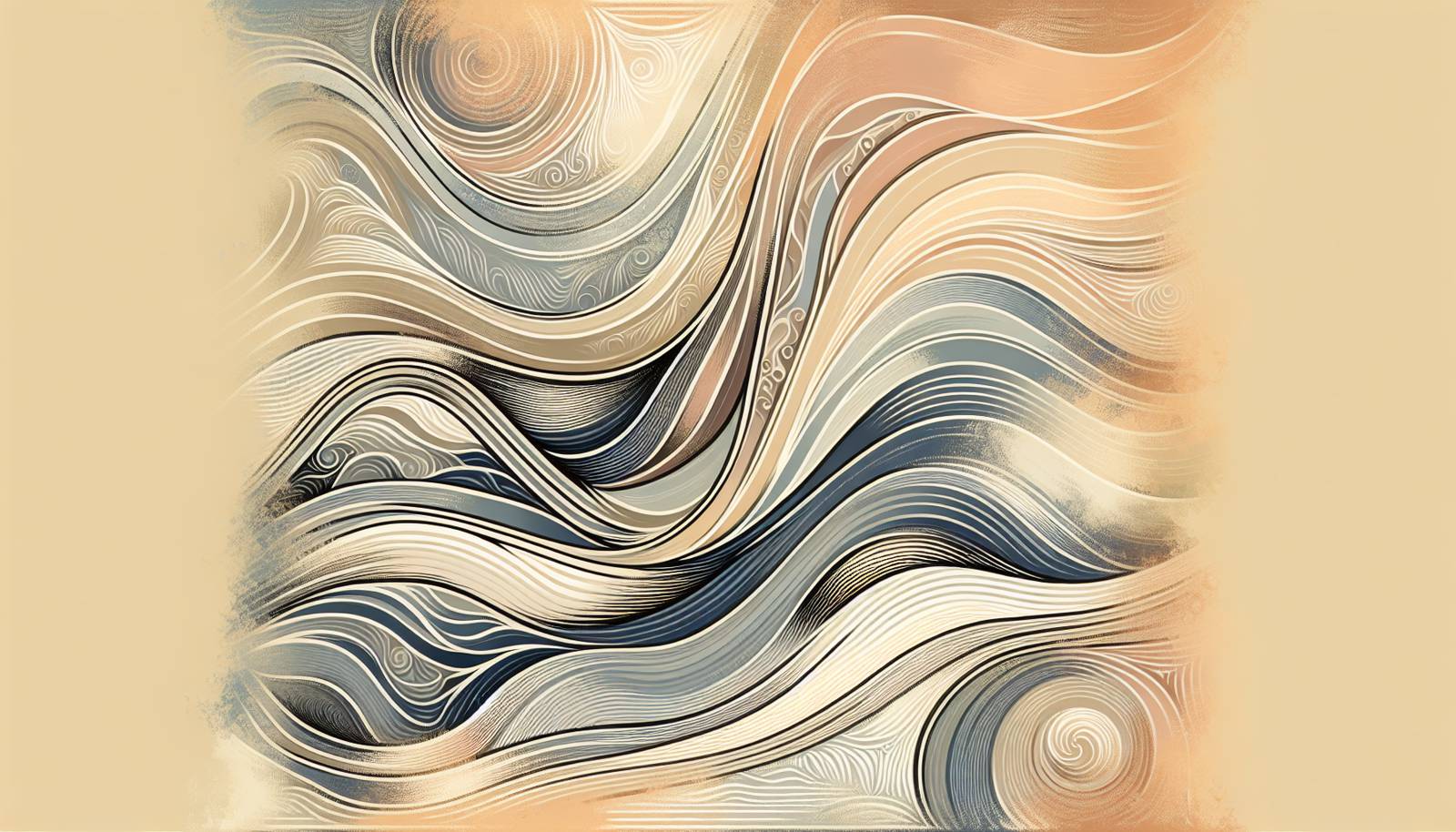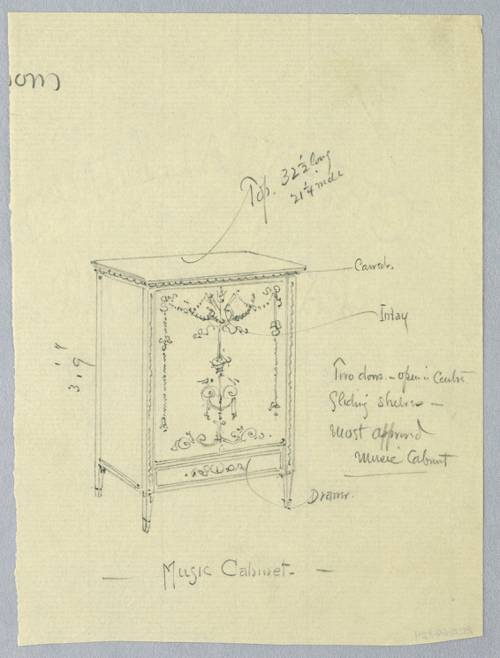
FAQ About The Influence of Neo-Classical Music on Popular Culture

What is Neo-Classical music?
Neo-Classical music is a genre that merges classical music elements with contemporary or modern influences. It often involves a reinterpretation of traditional forms and techniques, such as symphonies, concertos, and sonatas, using contemporary rhythms, harmonies, or instrumentation. The movement began in the early 20th century as composers sought to return to the order and balance of classical music, while integrating new ideas and trends.

How has Neo-Classical music influenced modern pop music?
Neo-Classical music has influenced modern pop music in several ways, including the incorporation of orchestral arrangements, the use of complex harmonies, and the inclusion of dynamic structures often found in classical compositions. Artists like Lady Gaga and Kanye West have utilized symphonic elements in their works, bringing a classical touch to contemporary music. These influences often add depth and sophistication, enhancing the emotive power of pop songs.

Which contemporary artists are known for incorporating Neo-Classical elements into their music?
Several contemporary artists are known for blending Neo-Classical elements into their music. Artists such as Ludovico Einaudi, Max Richter, and Ólafur Arnalds are renowned for their works that incorporate classical influences. In the pop arena, artists like Björk and Florence + The Machine have been noted for integrating orchestral and classical elements into their music, creating a unique fusion of genres.

Can you give examples of songs that feature Neo-Classical influences?
Songs such as "Bittersweet Symphony" by The Verve, which incorporates a symphonic sample from The Rolling Stones, and "Viva La Vida" by Coldplay, which features classical-inspired orchestral arrangements, are examples of Neo-Classical influences in pop music. Additionally, Max Richter's album "Recomposed by Max Richter: Vivaldi – The Four Seasons" reinterprets Vivaldi's classic symphonies, showcasing a modern take on classical music.

What historical factors contributed to the rise of Neo-Classical music?
The rise of Neo-Classical music primarily stemmed from a reaction against the excesses of the Romantic period, where personal expression and emotional intensity were emphasized. By the early 20th century, composers sought to return to the clarity, balance, and structure of earlier classical forms as a means of bringing order amid the complexity of modern life. Influences included the aftermath of World War I, which inspired a cultural shift towards simplicity and realism.

How does Neo-Classical music differ from classical music?
While classical music and Neo-Classical music share similar foundational elements, such as formal structures and harmonic principles, Neo-Classical music often incorporates modern elements and approaches. It is characterized by a focus on clarity, balance, and form while integrating contemporary sounds, techniques, and technologies that differ from the traditional classical focus.

Why do artists choose to incorporate Neo-Classical elements into their music?
Artists incorporate Neo-Classical elements into their music to add depth, emotional resonance, and a timeless quality. The structured form and textures of Neo-Classical music can enhance a piece's emotive impact. Additionally, these elements can differentiate an artist's sound by blending the sophistication of classical music with the accessibility and contemporary relevance of pop and other modern genres.

What role do orchestras play in Neo-Classical music within popular culture?
Orchestras play a crucial role in Neo-Classical music by bridging classical traditions with contemporary sounds. They often provide the rich harmonic background and complex musical textures that create a more profound listening experience. Collaborations between orchestras and contemporary artists have become increasingly popular, offering fresh interpretations and expanding the reach of orchestral music into mainstream culture.

How has film music been influenced by Neo-Classical trends?
Film music has been significantly influenced by Neo-Classical trends, adding depth and emotional layers to scores. Composers like John Williams and Hans Zimmer often integrate classical elements such as well-crafted orchestral arrangements and thematic development into their compositions. This fusion enhances the narrative and emotional impact of films, making them more memorable and engaging for audiences.

In what ways has technology impacted the development of Neo-Classical music?
Technology has drastically expanded the potential for Neo-Classical music, allowing for innovative sound design and production techniques. Digital audio workstations, synthesizers, and sample libraries enable composers to blend traditional classical instruments with modern digital enhancements. This integration has opened up new possibilities for creativity and experimentation, pushing the boundaries of what Neo-Classical music can achieve.

What are some common misconceptions about Neo-Classical music?
A common misconception about Neo-Classical music is that it merely replicates older classical styles without innovation. In reality, Neo-Classical music blends traditional forms with contemporary influences, creating a new and dynamic genre. Another misunderstanding is that Neo-Classical music is solely instrumental; however, it often features vocal elements and modern lyrical themes, underscoring its versatility.

How do music festivals feature Neo-Classical music today?
Music festivals increasingly feature Neo-Classical music as part of their programming, highlighting its growing popularity. Events like the BBC Proms and various international classical music festivals include performances by artists specializing in Neo-Classical music, appealing to diverse audiences. These festivals showcase how Neo-Classical music can captivate both traditional and modern audiences through innovative performances and collaborations.

What influence did early 20th-century composers have on the Neo-Classical movement?
Early 20th-century composers such as Igor Stravinsky, Sergei Prokofiev, and Paul Hindemith significantly impacted the Neo-Classical movement by revisiting classical forms and idioms in their compositions. Their works reflected a desire to balance complexity with simplicity, bringing a renewed focus on structure and harmony. This approach influenced subsequent generations of composers, shaping the direction of Neo-Classical music.

Is Neo-Classical music considered a mainstream genre?
Neo-Classical music is not typically considered a mainstream genre; however, its elements frequently appear in mainstream music across various styles, such as pop, film scores, and electronic music. The blending of these elements allows Neo-Classical music to reach a broader audience and gain recognition beyond the traditional classical music community.

What elements define the Neo-Classical music style?
The Neo-Classical music style is defined by a return to classical form and tonality, combined with modern influences. Characterized by clarity, balance, and structured compositions, it often features traditional orchestration paired with contemporary rhythmic and harmonic elements. This synthesis of classical and modern traits creates a distinct and reflective musical experience.

How are educational institutions incorporating Neo-Classical music into their curriculum?
Many educational institutions, including music conservatories and universities, incorporate Neo-Classical music into their curricula by offering specialized courses that explore the genre's history, theory, and influence. These programs often include analysis of key works, studies on the interplay between classical and modern trends, and performance opportunities that emphasize the diverse applications of Neo-Classical techniques.

What future trends might we expect in Neo-Classical music?
As technology advances and cultural tastes evolve, future trends in Neo-Classical music may include even greater experimentation with electronic and digital elements like AI-generated compositions and immersive soundscapes. Additionally, as global musical influences continue to intertwine, we may see Neo-Classical music incorporating elements from non-Western musical traditions, enriching its diversity and appeal.

How can listeners explore Neo-Classical music if they are new to the genre?
New listeners can explore Neo-Classical music by starting with accessible artists like Ludovico Einaudi or Max Richter, whose works are widely available on streaming platforms. Attending live performances or virtual concerts is another great way to experience the range of Neo-Classical music. Engaging with music reviews and curated playlists can also provide insights into must-listen pieces and emerging talents in the genre.

What is the relationship between Neo-Classical music and minimalism?
Neo-Classical music and minimalism, though distinct, often share common traits such as a focus on clarity and structure. Minimalism, characterized by repetition and simplicity, can complement the complex harmonies and formal inventiveness of Neo-Classical music. Composers like Philip Glass explore these intersections, combining minimalist techniques with Neo-Classical elements to create compelling and innovative works.

How has Neo-Classical music influenced other art forms?
Neo-Classical music has influenced other art forms by inspiring visual arts, literature, and dance, where themes of symmetry, balance, and form are mirrored. For example, choreographers incorporate this genre into ballet and contemporary dance to offer depth and emotional layers. Visual artists might draw on its structured aesthetics to inform their designs or thematic explorations, creating cross-disciplinary dialogues.
